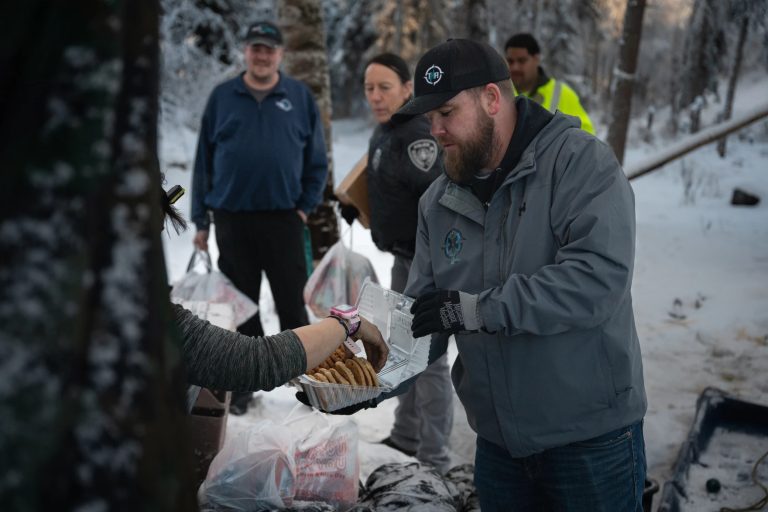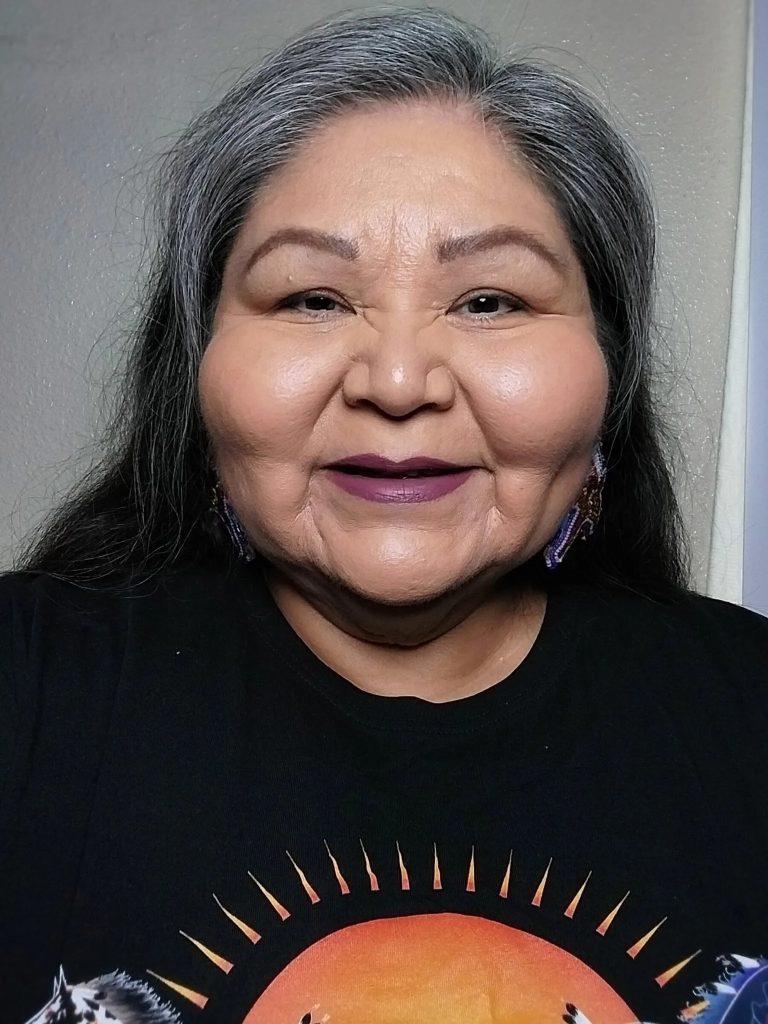Podcast: Play in new window | Download | Embed

Anchor: Antonia Gonzales
A recent two-day meeting in Alaska revealed big federal budget shortfalls for marine mammals management in the state.
Emily Schwing has more.
The Indigenous People’s Council for Marine Mammals (IPCoMM) meets twice a year.
Scientists from federal agencies, like the U.S. Fish and Wildlife Service and the National Marine Fisheries Service, join members to discuss marine mammal populations and subsistence resources across the state, but IPCoMM members say the federal agencies aren’t doing enough.
“It’s 100% a lack of funding and a lack of staffing on the government’s part.”
Raven Cunningham manages a Marine Mammal Program in a part of the state where a once-threatened sea otter population is now thriving. That’s having big impacts on the shellfish people gather for food.
Cunningham says stock assessments for subsistence resources and population surveys on sea otters haven’t happened in over a decade
“So, when we look at our take, as subsistence users, we can’t look at how that’s affecting the population or whether we need to take more or less.”
That was news to U.S. Sen. Dan Sullivan (R-AK). He says federal management agencies are supposed to be counting animals, like sea otters, regularly.
“Part of that is just their basic job. The Fish and Wildlife Service is supposed to be doing that already. Where the funding can be a little challenging is for these commissions.”
IPCoMM is made up of 18 marine mammals commissions and councils from across the state, and they all receive federal funding.
Ben Payenna sits on the Alaska Nannut Co-Management Council, which represents 15 Alaska Native tribes that harvest polar bears for subsistence. He says the group wants to create effective and cooperative management plans.
“If we don’t have the funding to do it, we just can’t. That gets a little bit frustrating when we are meeting to serve a purpose, but then we can’t fulfill our duties.”
The U.S. Fish and Wildlife service declined to comment, but during IPCoMM’s meeting, a scientist with the agency said they were “out of money for just about anything.”
He says any funding for things like population surveys and stock assessments would have to come from Congress.
 A new data project in North Dakota shows Native vote disparities when it comes to travel and cost.
A new data project in North Dakota shows Native vote disparities when it comes to travel and cost.
Mike Moen reports.
The group North Dakota Native Vote teamed up with Joseph Robertson, a Native data scientist, on the initiative.
The resulting interactive web feature factors in a range of sources, including Census figures, recent gas prices, and available voting infrastructure.
Robertson says they were able to estimate the costs and travel times for someone from certain tribal areas just to cast a ballot.
He says the findings reveal real obstacles.
“We did a quick analysis through the Porcupine community on Standing Rock – and that trip to get to the post office or the courthouse in Fort Yates is about 60 miles roundtrip.”
When factoring in summer gas prices, the cost for that voting trip is more than one-thousand dollars per-100 people. There’s added costs if they’re mailing in their ballot or using a P.O. box.
North Dakota Native Vote’s executive director Nicole Donaghy says they’ve been able to engage with some state agencies about voting access, but hopes the data turns more heads.
“Access to the ballot is not equitable for people living on reservations. Now, that also could apply to communities that are not on a reservation that are very rural. And so, I think that the more knowledge that our officials have the better.”
Donaghy says the partnership brings data and important social matters together in a very productive way.
Get National Native News delivered to your inbox daily. Sign up for our newsletter today.



